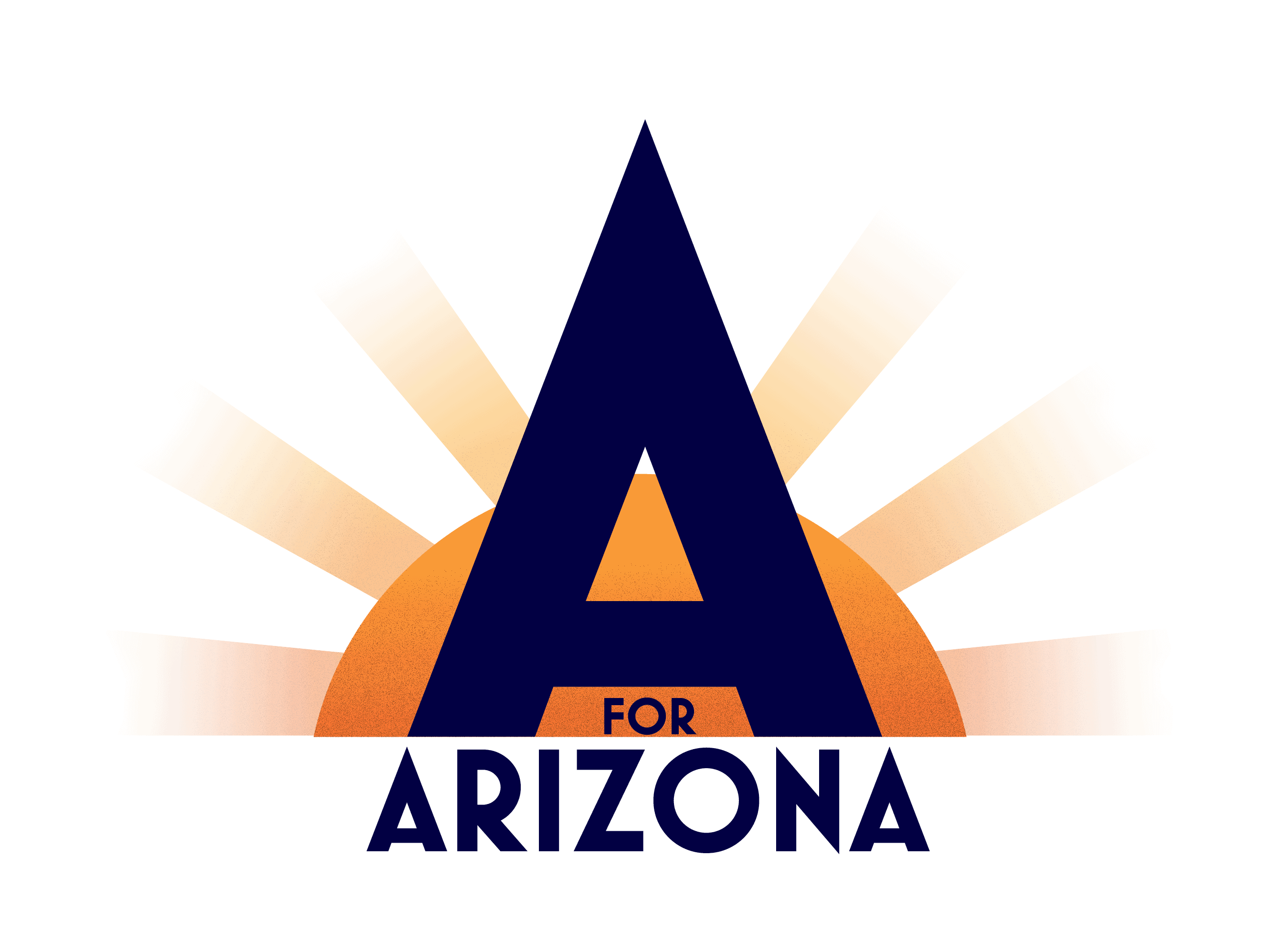By Diana Díaz-Harrison, Lead Founder and Executive Director at Arizona Autism Charter Schools (AZACS)
As a leader in serving students with autism and other special needs, Arizona Autism Charter School (AZACS) is committed to reimagining school and reopening safe and strong in the 2020-21 school year! While our schools will ramp up the year with virtual learning for all students starting August 18, we plan to offer maximum choice and flexibility starting September 8, when we start hybrid programming, with 2.5 days per week onsite and 2.5 days virtual, as well as continuation of full-time virtual programming for those who are not ready to return onsite. It is school reimagined in 2020 and our exceptional students, teachers and families have risen to the challenge!
When this need came about in mid-March, many wondered how special needs students could possibly engage in virtual learning. While this was unchartered territory for our school, we were committed to finding a way and quickly learned that our exceptional students are not to be underestimated. Like all other schools, we had to abruptly close our physical campus when the pandemic hit, causing uncertainty and a feeling of stunned disbelief. Our teams didn’t stay in this state for very long, and instead went into problem-solving mode to figure out how to best reach each and every student. Not an easy feat knowing that we serve a wide range of students from non-verbal children who are severely intellectually impacted by their autism to high-functioning students in need of behavioral and emotional supports.
Our onsite programming at AZACS offers robust and differentiated instruction for every level of student, but doing that remotely took every ounce of creativity we could muster and a willingness to deliver instruction by any means necessary. Our teaching teams spent countless hours creating individual packets of materials and manipulatives, and were also driving hundreds of miles each week to deliver them to families’ doorsteps.
While our speech therapists were already skilled in Tele-Therapies, our teachers and behavioral staff had to take a crash course to learn how to deliver Tele-Lessons via Zoom and Google Classroom. Each week between mid-March and the end of May, our teaching teams delivered more than 600 Zoom lessons with active participation from students. Additionally, our speech and occupational therapists delivered more than 1,000 individual Tele-Therapy sessions ensuring students were still working on IEP goals. We developed Student Digital Portfolios to house daily lessons, data tracking sheets and completed work. At the end of the school year we assessed our results and were pleased to learn that 92% of our students actively participated and made gains during this unexpected virtual learning period!
Unfortunately, many special needs families in our state and across the nation did not fare as well, given that continuation of programming for special needs students ceased for many when the pandemic hit. A national survey conducted by the parent advocacy group ParentsTogether concluded that 70% of low-income special needs students reported not receiving any services at all during school closure.
Since AZACS specializes and prioritizes this population, reaching our special students was non-negotiable. Continuation of programming certainly took a team effort, requiring parents, caregivers, family members and home therapists to ensure our students were logging in, providing necessary in-person facilitation and partnering with our teachers and staff who were on-screen. Like any new undertaking, the beginning was a little bumpy, but our teams did not give up on our kids, and after a few sessions, even our most impacted students were attending to their virtual teachers, answering questions, demonstrating skills and acquiring new skills.
While 92% participation is a notable achievement, we really wanted to reach 100% of our students. That’s why we opened for Appointment-Based School the last week of May, when Governor Ducey gave the green light for schools to offer summer programs. Our school had to redesign our operations to add COVID-19 safety protocols to our daily routines, but it was well worth the effort when we got to welcome our wonderful students onsite. It was the most amazing homecoming as students and teachers were hungry for in-person teaching, learning and interaction. We set up classrooms to ensure a limited number of students, a 2:1 student to staff ratio, and focused on essential skills in English/language arts, math and IEP goals. We ran a six week program and were able to help students reach their yearly academic data goals and the school’s aggregate academic goals for the 2019-20 school year!
Because COVID-19 was and is part of our new reality, we were able to pilot onsite safety protocols making us ready to reopen safely this fall. The experience was invaluable, and has informed how we will move forward to open safe and strong for all our students this fall.
There’s no doubt this experience continues to stretch our imagination to deliver the most dynamic and meaningful programming for our kids. While it has been challenging, it has made us better. Our development of Student Digital Portfolios using the Google platform has improved transparency, alignment and communication between our teaching teams, therapy providers and families. This has given us a way to provide 24/7 access to students’ lessons, data trackers and completed work and an accessible repository to house all information and materials related to a student. It has given us the ability to seamlessly move from onsite learning to home-based learning if a family’s circumstance change or if there’s a health and safety need in the community. This is a practice we’ll continue to refine and use even when we return to full-time onsite learning.
Our results from tele-lessons and tele-therapies were fascinating and we’ll now conduct research in partnership with ASU to hone in on best practices as we begin our 2020-21 school year with virtual learning. Our partnership with families has never been stronger as there has to be very deliberate support and coordination with a child’s home team to deliver a quality virtual program. The national and local education and charter community has supported us, with recent grants from Charter Growth Fund and our very own education champion, A for Arizona. As an autism mom and school leader, I’m so grateful that these funding organizations believe in our kids and believe in our work.
While many are focused on the hardships of 2020, I choose to focus on our reinvention; on the opportunity to innovate and create learning environments that transcend the four walls of a classroom to be accessible anywhere, anytime. I choose to focus on how responsive our exceptional students have been given the right tools and supports. At Arizona Autism Charter Schools, we look forward to school reimagined in 2020 and embrace the opportunity to grow ourselves, our students and our teaching practices from this experience!

